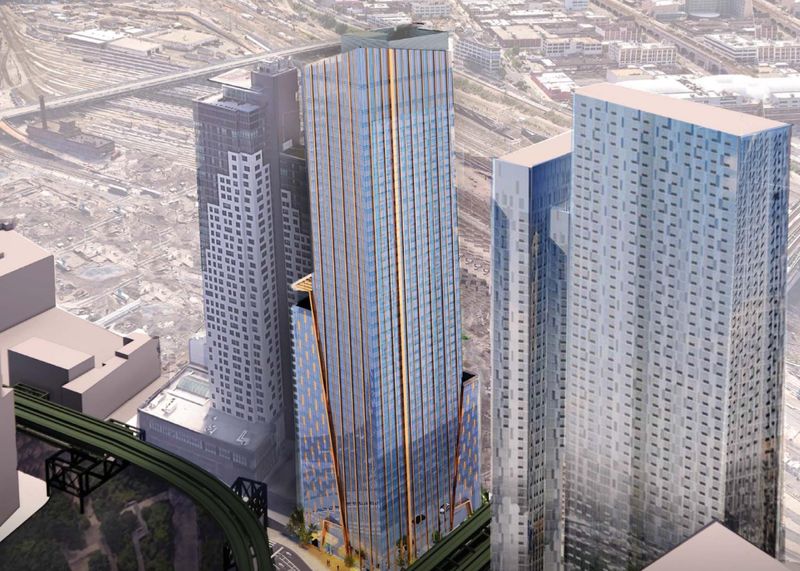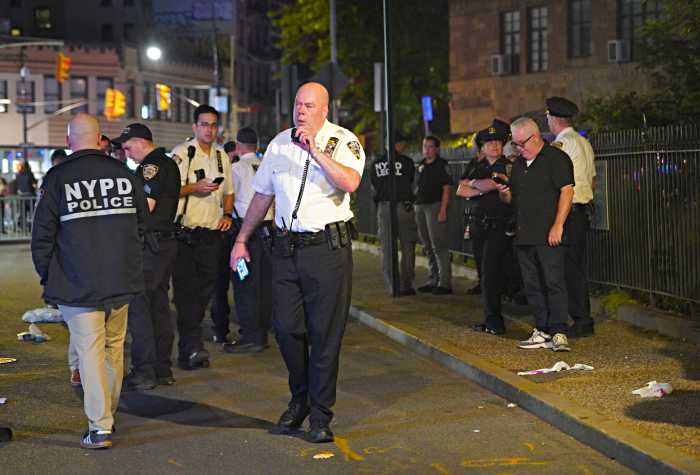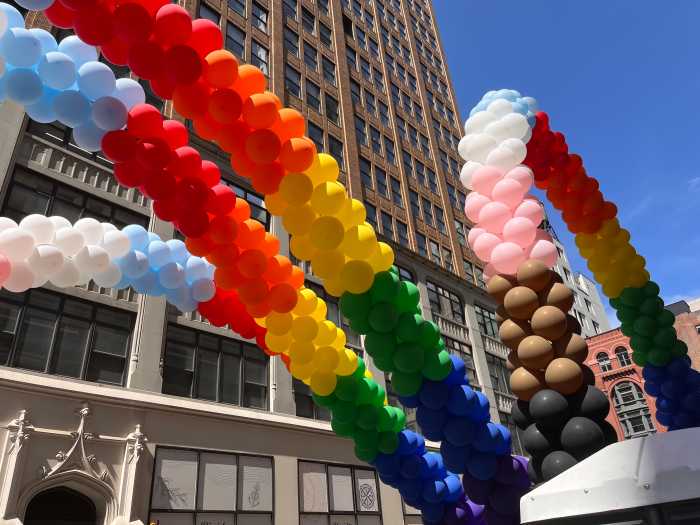Shulman was questioned about the proposed operation of a new land fill transfer station in Willets Point, on the Flushing River and in the heart of Flushings predominantly Asian population.
"An agreement has been reached," said Shulman, "for the transfer station to only handle Parks Department waste." She added that no residential garbage would be handled by Tully Environmental, who will operate the waste-distribution point.
Only days after plans for the transfer station were unveiled to the public, a number of Asian-Americans hit the streets of Flushing in a massive protest.
As The Queens Courier reported in its Feb. 21 issue, Shulman confirmed plans to quickly transform portions of the area into part of an urban renewal program. "This is a very valuable location," said Shulman. "The papers have gone forward, but the process will take time." The borough will soon conduct an environmental impact study on the area, which includes Queens infamous "Iron Triangle," home to several dozen chop shops and auto repair businesses, 13 blocks behind Shea Stadium.
Despite the controversy, Kim, who hadnt visited New York in 15 years, seemed genuinely impressed with many of the changes to the Citys landscape. "New York seems to have changed for the better," said the Consul General. "Korea has a very homogenous population. But, many are shocked [at the diversity] when they get to America."
According to the 2000 census, the Asians now make up 17.5 percent of the boroughs total population. Although these numbers are greatly increased from 1990, when Queens Korean population totalled only 49,000.
Shulman, who has joined other borough presidents in a lawsuit contending that their boroughs were undercounted, believes many Queens residents avoided being counted by residing in illegal apartments.
Specific numbers for Queens Korean population have yet to be made available.































